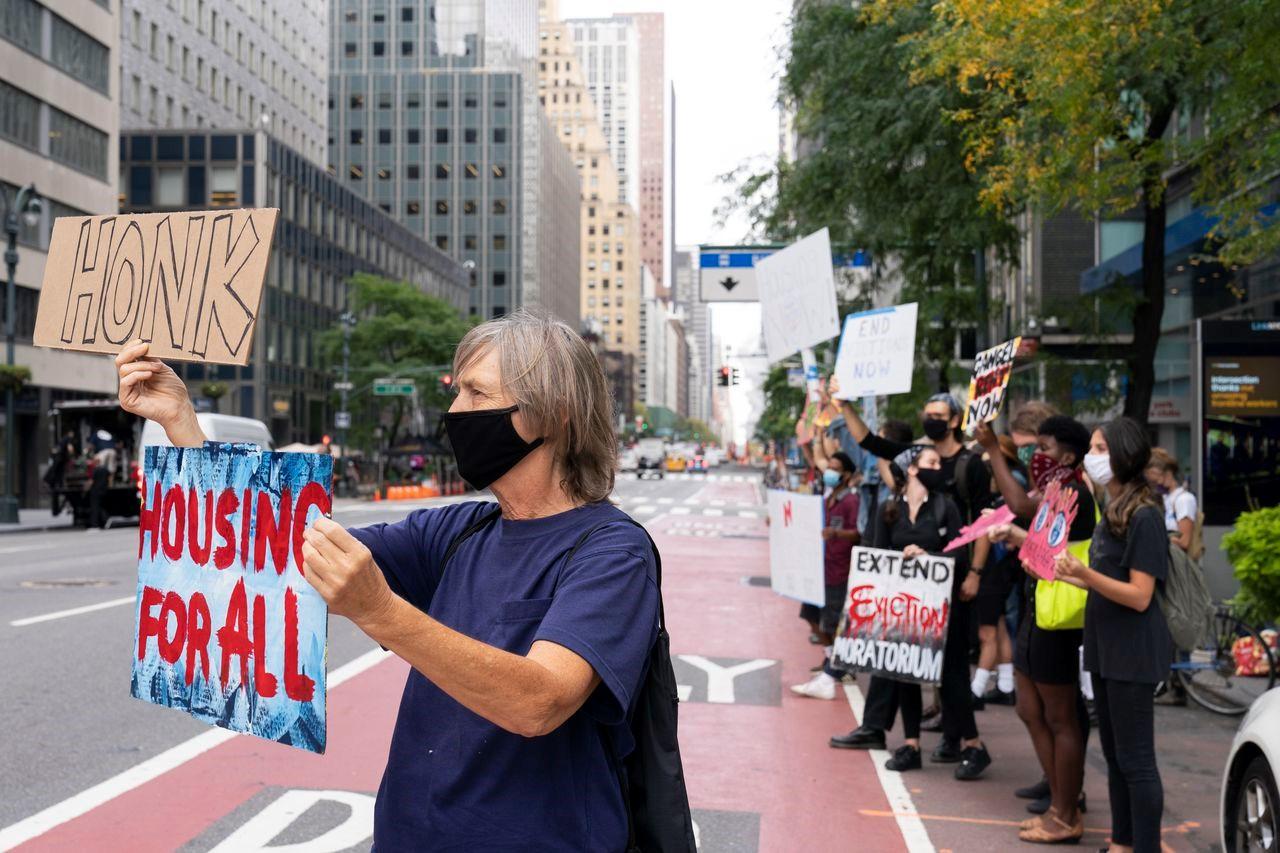6
Court. A Place or a Service? By Dennis Kaufman, Executive Director The pandemic has changed many aspects of our lives, including the practice of law. Lawyers, never accused of being futurists, have had to learn to do things differently from how we’ve been doing our work for years. Technology can no longer be feared or ignored. Resistance to innovation in the delivery of services to people must be conquered. Services are delivered remotely, with video replacing the 100+ year old technology of the telephone. The physical office is changing in use and design. Remote work presents challenges to problem-solving and brainstorming with colleagues, knowledge sharing, socialization, mentoring, confidentiality, and data security. For more years than should be, we have discussed, debat-
More than 30 million people are self-represented in the nation’s civil courts annually.
we see what we’ve known for years. The system is antiquated, detached, unaffordable, slow, and unintelligible. Will it be satisfactory to dump the current court system into a new technology bottle and declare victory? Or is this an opportunity rebuild, from the ground up, with the goal of achieving at least the fair and open components of A2J? We will likely never return to 100% in-person courts. The remote court is out of the bottle and likely not going back in. Do we all see and agree on that? No. I recently watched – remotely -- a hearing before the NY Assembly Judiciary Committee on the court system’s budget for the coming year. Every speaker representing organizations of judges, court clerks, court officers, law clerks, stenographers, and even our legal services colleagues spoke from the same starting point – the pandemic will end, we will go back to the same old ways, and we need more money to do the same old things. The speakers literally demanded dollars to continue a system that is antiquated, detached, unaffordable, slow, and unintelligible. Rebuilding a court system is obviously a complex endeavor. Court reform is not a new topic in New York. An example is a 2007 report from the former Chief Judge Kaye’s Special Commission on the Future of the New York Courts. The Commission took on the longstanding issue of restruc-
ed, and examined the ethereal phrase “access to justice,” or A2J in the current jargon. We’ve created committees, working groups, blue ribbon panels, and commissions to grapple with it. We sometimes agree that A2J has several components: fair and open processes, just decisions, and the equitable distribution of rights and duties. Any reconfigured court system must address these components to realize A2J. After months of re-creating a functioning court system, sometimes quickly with duct tape and chewing gum, one thing is becoming clear. Courts are not a physical place, but rather a service. Looking at the court system through the eyes of the pandemic
Courtroom set up for remote hearings.







